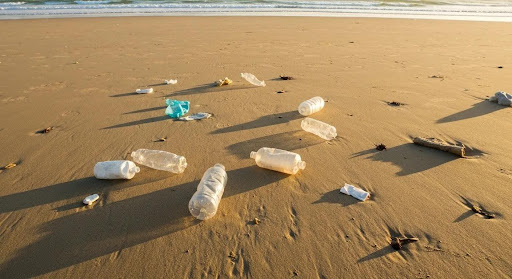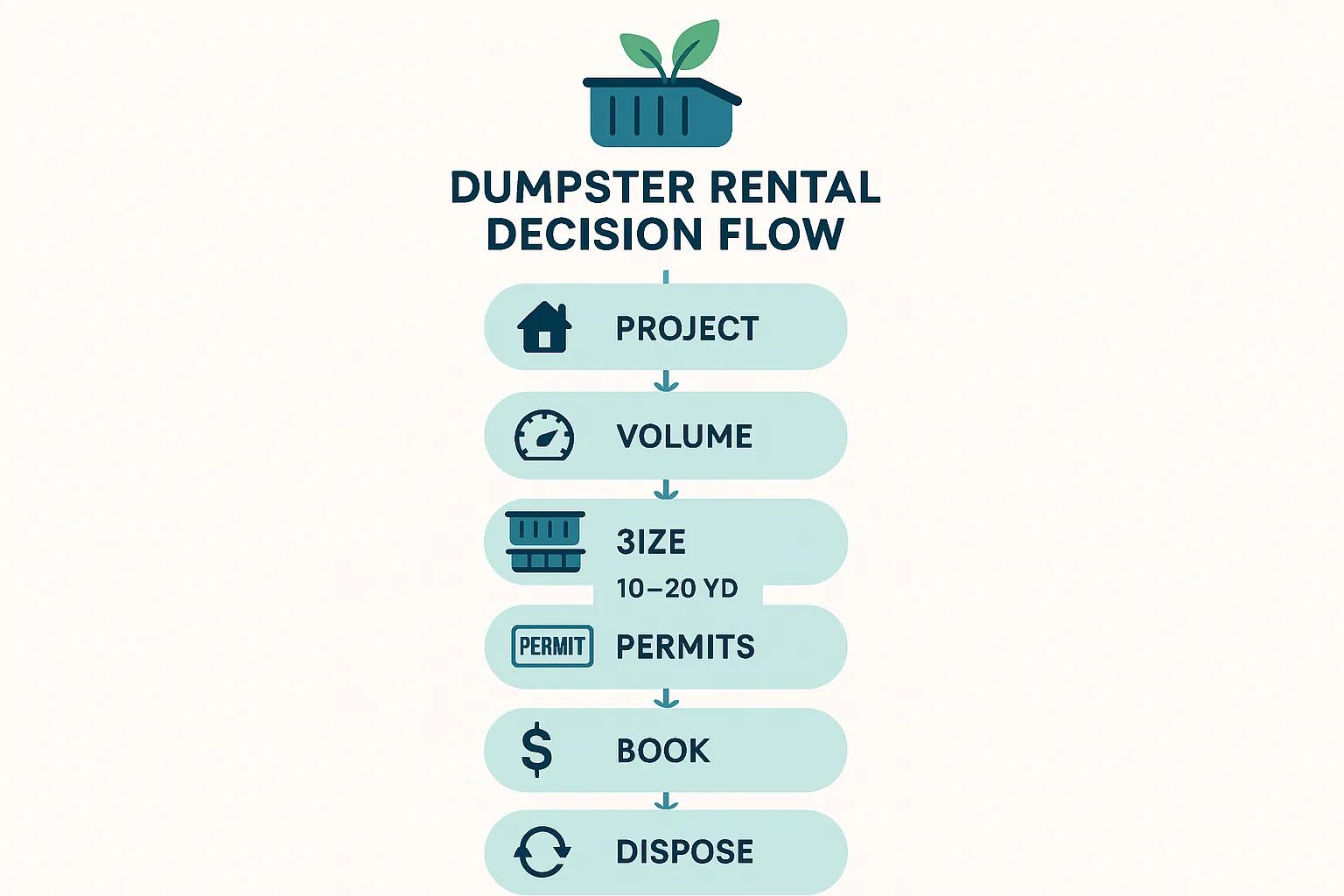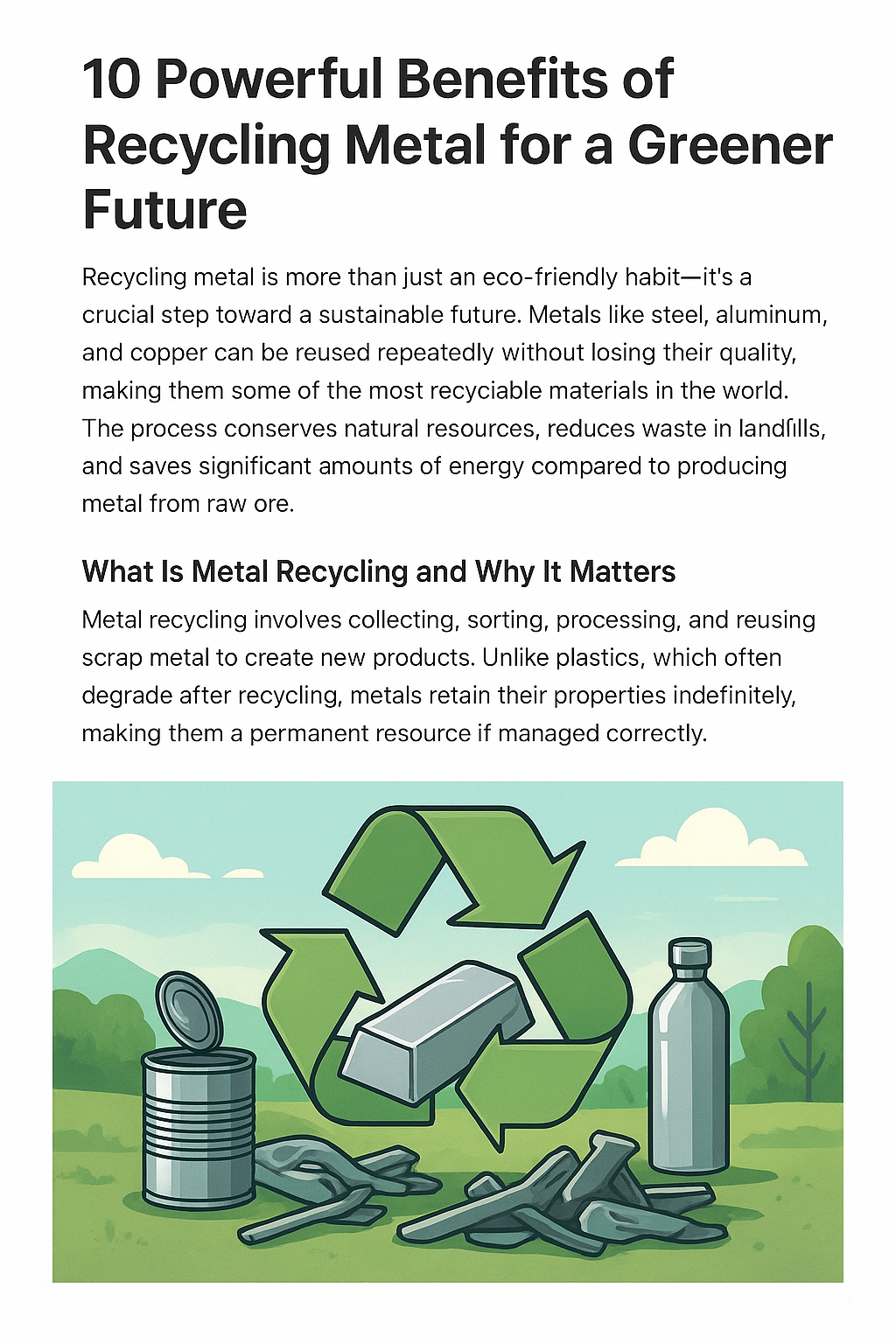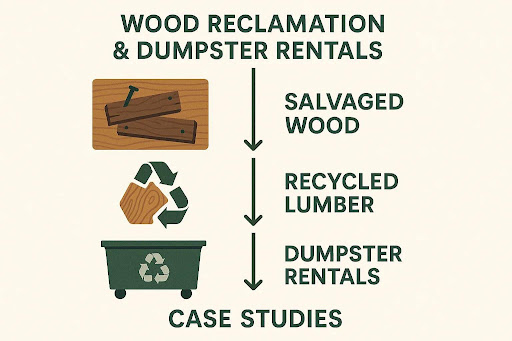
Plastic waste continues to accumulate worldwide, with over 380 million tonnes produced annually and nearly 40 percent destined for single-use applications. Reducing plastic waste in your daily routine not only conserves resources but also protects ecosystems and human health.
Plastic Waste Statistics
Globally, over 380 million tonnes of plastic waste are produced annually, with 40% designated for single-use applications. A significant portion of this waste ends up in landfills or the ocean, contributing to environmental pollution.
This statistic emphasizes the scale of plastic waste production and the need for effective waste reduction strategies, as discussed in the article .
In this guide, you will discover ten actionable strategies :
- Refusing single-use plastics
- Cutting consumption and packaging
- Building a plastic-free kitchen
- Adopting zero-waste personal care
- Choosing on-the-go reusable essentials
- Understanding environmental and health impacts
- Overcoming challenges and staying motivated
- Recycling effectively beyond the bin
- Crafting DIY plastic-free alternatives
- Advocating and educating others
How Can You Refuse Single-Use Plastics to Cut Plastic Waste?
Refusing single-use plastics means declining items designed for one-time use, which significantly lowers the flow of waste into landfills and waterways. By replacing disposables with durable alternatives, you support a zero-waste lifestyle and interrupt the cycle of plastic pollution.
What Are Common Single-Use Plastics to Avoid?
Single-use plastics include items such as plastic bags, straws, bottles, cutlery, and packaging films. These materials often end up in oceans, where they degrade into microplastics that contaminate food chains. Identifying these disposable items is the first step toward refusal.
- Plastic shopping bags contribute to marine entanglement and ingestion.
- Disposable water bottles generate greenhouse gases through production and transport.
- Plastic straws often bypass recycling systems and harm wildlife.
Avoiding these items cuts direct contributions to plastic pollution and paves the way for reusable solutions .
Which Reusable Products Replace Single-Use Plastics?
Switching to reusable products transforms habitual waste creation into sustainable resource use. Durable containers, metal straws, and cloth bags replace disposables and deliver long-term benefits.
Before recommending specific items, consider this comparison of common disposable plastics and their durable alternatives:
| Disposable Item | Reusable Alternative | Advantage |
|---|---|---|
| Plastic water bottle | Stainless steel bottle | Maintains temperature and eliminates single-use waste |
| Plastic shopping bag | Cotton tote bag | Reduces landfill volume and supports repeated use |
| Plastic straw | Silicone or metal straw | Prevents microplastic formation and endures cleaning |
Embracing these options reduces dependency on one-time plastics and initiates positive environmental change .
How to Implement Simple Swaps for Everyday Plastic Items?
Implementing simple swaps requires planning and consistency. First, audit your daily plastic consumption. Next, replace each item systematically over a week .
- Bring a reusable water bottle to work each morning.
- Keep metal or bamboo cutlery in your bag for takeout meals.
- Store loose produce in mesh or cotton bags instead of plastic.
By making one swap per day, you form a habit that significantly lowers plastic waste over time and builds momentum for broader changes .
What Are Effective Ways to Reduce Plastic Consumption and Packaging?
Reducing plastic consumption focuses on buying patterns and product choices. Conscious purchasing minimizes packaging waste and supports sustainable supply chains. sustainable supply chains .
How Does Bulk Buying Help Minimize Plastic Packaging Waste?
Buying in bulk allows consumers to refill containers and avoid single-use packaging. Bulk buying taps into scale efficiencies for both consumers and retailers.
- Consumers reduce packaging volume by up to 70 percent through refill initiatives.
- Bulk supply minimizes transport emissions by eliminating individual containers.
When you bring your own jars and containers, each refill bypasses new plastic packaging, conserving resources and reducing your plastic footprint.
What Are Minimal Packaging Product Alternatives?
Choosing products with minimal or compostable packaging shifts demand toward eco-friendly brands. Items packaged in cardboard, glass, or paper often come from companies committed to sustainability .
- Bar soaps often use paper wrapping instead of plastic bottles.
- Powdered detergents in cardboard boxes eliminate plastic jugs.
- Bulk nuts and grains in paper sacks replace poly-lined bags.
By favoring these alternatives, you support market shifts away from plastic-intensive packaging and encourage manufacturers to innovate.
Where Can You Find Local Refill Stores and Package-Free Shops?
Community refill stores and package-free shops enable plastic-free shopping experiences. Many cities host zero-waste markets and cooperatives.
- Urban bulk stores offer dispensers for oils, grains, and cleaning products.
- Local farmers’ markets provide produce without plastic packaging.
- Co-ops often stock unpackaged personal care items and household goods.
Exploring these venues fosters community engagement and reduces single-use packaging across multiple product categories. 5 ways to reduce waste
How Can You Create a Plastic-Free Kitchen with Essential Swaps?
A plastic-free kitchen relies on durable materials and thoughtful meal preparation. Essential swaps in food storage and planning streamline waste reduction and improve food quality. food waste
Which Reusable Food Storage Options Replace Plastic Wraps?
Traditional plastic wraps and bags trap food odors and contribute to waste. Switching to beeswax wraps and silicone containers seals freshness without plastic. food waste.
| Storage Solution | Material | Benefit |
|---|---|---|
| Beeswax wrap | Cotton & beeswax | Biodegradable seal that breathes, extending produce life |
| Silicone food covers | Silicone | Stretchable, dishwasher-safe lid for bowls and pans |
| Glass storage jars | Glass | Airtight, inert containers that prevent flavor transfer |
These storage options conserve food freshness and eliminate single-use plastic film in your kitchen.
How to Use Reusable Produce Bags and Glass Jars Effectively?
Using reusable produce bags and glass jars streamlines shopping and storage. Label jars with chalk markers to track contents and dates.
- Bring mesh produce bags for fruit and vegetables.
- Pre-portion grains and legumes into jars at home.
- Keep jars on open shelves for easy access and visibility.
This system reduces plastic bag usage and encourages meal planning that aligns with zero-waste principles.
What Are Zero Waste Meal Planning Tips to Reduce Plastic Waste?
Zero-waste meal planning focuses on buying in bulk, cooking from scratch, and repurposing leftovers. Planning menus around shelf-stable ingredients reduces impulse purchases of packaged meals.
- Design weekly menus that incorporate staples like rice, beans, and fresh produce.
- Cook double batches and freeze portions in glass containers.
- Transform vegetable scraps into broth instead of buying boxed stock.
By integrating these practices, you minimize packaging waste and optimize ingredient use throughout the week.
What Are Zero Waste Personal Care Tips to Reduce Bathroom Plastic?
Personal care products often rely on plastic bottles, tubes, and containers. Zero-waste alternatives offer comparable performance with lower environmental impact.
How Do Shampoo Bars and Plastic-Free Dental Care Help?
Shampoo bars eliminate plastic bottles by delivering concentrated cleansing agents in solid form. Plastic-free toothbrushes and toothpaste tablets further remove single-use tubes and handles. Sustainable waste management can be achieved by adopting these innovative alternatives.
- A single shampoo bar replaces up to three plastic bottles per year.
- Bamboo toothbrushes biodegrade naturally and avoid plastic handles.
- Toothpaste tablets in paper packaging dissolve in water without tubes.
These swaps reduce plastic waste and encourage more mindful personal care routines.
What Are Natural Alternatives to Plastic Sponges and Cotton Pads?
Synthetic sponges and cotton pads often contain microplastics that shed during use. Natural alternatives avoid these pollutants.
- Loofah sponges made from plant fibers degrade in compost.
- Reusable cotton rounds in organic fabric replace disposable pads.
- Konjac facial sponges offer gentle cleansing without microplastics.
Choosing these items prevents microplastic release into wastewater and landfill environments.
How to Choose Refillable and Eco-Friendly Toiletries?
Refillable toiletry lines provide concentrated formulas in minimal packaging. Consumers simply top up existing bottles or jars at refill stations.
- Look for brands that sell refills in compostable pouches.
- Store bulk-purchased lotions and soaps in glass dispensers.
- Compare ingredient transparency to ensure natural, biodegradable formulas.
Refillable toiletries support circular packaging models and reduce plastic manufacturing impacts.
How Can You Reduce Plastic Waste On-the-Go with Reusable Essentials?
Reducing plastic waste beyond the home requires carrying key reusable items. Travel-friendly essentials let you avoid disposables during daily activities.
Which Reusable Water Bottles and Coffee Cups Are Best?
Stainless steel, glass, and bamboo-infused bottles and cups retain temperature and resist odors. Look for leak-proof lids and insulation features.
- Double-walled stainless steel bottles maintain beverage temperature for hours.
- Borosilicate glass cups resist thermal shock and provide pure taste.
- Collapsible silicone cups pack down when empty for convenience.
Selecting high-quality materials ensures durability and encourages consistent use.
How to Avoid Takeout Plastic with Portable Cutlery and Containers?
Carrying portable cutlery and food containers eliminates single-use utensils and clamshells. Compact travel cases make these swaps seamless.
- Pack bamboo or stainless steel cutlery sets in a small pouch.
- Use lightweight, microwave-safe food containers for leftovers.
- Request restaurants to fill your own containers when ordering.
These practices reduce disposable cutlery waste and foster zero-waste dining habits.
What Are Eco-Friendly Travel Essentials to Carry Daily?
Beyond bottles and cutlery, additional eco-essentials help minimize plastic consumption on the move. zero waste
- Foldable fabric bags for unexpected purchases or groceries.
- Reusable straw kits in biodegradable cases.
- Pocket-sized bars of soap and shampoo to avoid single-use bottles.
Equipping yourself with these items transforms travel and errands into opportunities to reduce plastic waste.
Why Does Reducing Plastic Waste Matter for the Environment and Health?
Understanding the stakes of plastic pollution strengthens commitment to waste reduction. Environmental and health impacts highlight the urgency .
What Are the Environmental Impacts of Plastic Pollution?
Environmental Impacts of Plastic Pollution
Plastic pollution poses a significant threat to marine environments, endangering species through entanglement and ingestion. Microplastics and associated chemicals also impact human health, potentially leading to various health issues.
These environmental hazards underscore why proactive waste reduction yields broad ecological benefits.
How Does Plastic Waste Affect Human Health?
Microplastics and plastic-associated chemicals enter water, food, and air, exposing humans to hormone-disrupting compounds like BPA and phthalates. Studies link these exposures to reproductive issues and developmental concerns.
Protecting health by reducing plastic exposure aligns personal well-being with environmental stewardship.
What Are Key Statistics Highlighting the Urgency of Plastic Reduction?
- Only 9% of global plastic waste is recycled, while 22% is mismanaged.
- 11 million tonnes of plastic enter oceans annually, threatening over 1,500 marine species.
- Producing new plastic emits greenhouse gases equivalent to 189 million tonnes of CO₂ each year.
These figures reveal the scale of the plastic crisis and reinforce the need for individual and collective action .
How Can You Overcome Challenges and Stay Motivated in Plastic Reduction?
The Zero Waste Lifestyle: Challenges and Benefits
Adopting a zero-waste lifestyle can lead to reduced environmental impact, mindful consumption, and potential cost savings. It also fosters community building and promotes healthier choices by reducing exposure to harmful chemicals.
This source supports the article’s discussion on the benefits of reducing plastic waste and adopting a zero-waste lifestyle, reinforcing the positive outcomes of these practices.
What Are Common Obstacles to Living Plastic-Free?
Hurdles include limited access to refill stores, higher upfront costs for reusable items, and social norms favoring disposables .
Recognizing these challenges allows you to plan solutions , such as budgeting for durable goods or coordinating group bulk buys to lower costs.
Which Tips Help Maintain a Zero Waste Lifestyle Long-Term?
Creating habits and routines cements sustainable practices. Regularly audit your progress and celebrate milestones.
- Set monthly goals, such as replacing one disposable item each week.
- Track plastic saved using a simple journal or app.
- Reward yourself with eco-friendly treats for sustained success.
These strategies reinforce positive behaviors and keep motivation high over time.
How Can Community Action Support Your Plastic Reduction Efforts?
Joining local zero-waste groups, hosting swap events, and advocating for refill stations amplifies individual impact—collective initiatives pressure retailers and policymakers to offer sustainable options.
By working together, communities build infrastructure that normalizes plastic-free living and accelerates systemic change.
How to Recycle Plastic Effectively Beyond the Bin?
Proper recycling transcends simply tossing items into a bin. Understanding guidelines and avoiding mistakes maximizes resource recovery. maximizing the power of recycling.
What Are Local Recycling Guidelines and Accepted Plastic Types?
Municipal recycling programs differ in the accepted plastic numbers. Commonly accepted types include PET (#1) and HDPE (#2). Understanding your local rules ensures materials enter the correct stream.
Consult your city’s waste management website or customer service to confirm which plastics are recyclable and how they should be prepared.
How Does Proper Recycling Conserve Resources and Reduce Emissions?
Recycling plastic consumes 75% less energy than producing new resin, thereby cutting fossil fuel use and greenhouse gas emissions. Recycling also conserves raw materials and extends the lifecycle of existing plastics .
These environmental benefits highlight why the correct sorting and cleaning of recyclables matter.
What Are Common Recycling Mistakes to Avoid?
- Placing contaminated or greasy plastics in the bin can spoil entire loads.
- Bagging recyclables in plastic bags prevents sorting equipment from processing items.
- Flattening or shredding items incorrectly can jam machinery.
Avoiding these errors improves recycling efficiency and resource recovery rates .
What DIY Plastic-Free Alternatives Can You Make at Home?
Creating homemade solutions replaces plastic-packaged products and empowers resourcefulness .
How to Create Homemade Cleaning Products Without Plastic Packaging?
Simple ingredients like vinegar, baking soda, and castile soap form effective cleaners in reusable glass bottles .
- All-purpose spray: mix equal parts water and vinegar with a few drops of essential oil.
- Glass cleaner: combine water, vinegar, and rubbing alcohol for streak-free shine.
- Scrub paste: blend baking soda and castile soap into a paste for sinks and tubs.
These recipes eliminate plastic spray bottles and reduce exposure to harsh chemicals.
What Are Easy Plastic-Free Craft and Repurposing Ideas?
Upcycling plastic containers into planters, organizing jars, or utensil holders extends their usefulness before disposal .
- Turn empty glass jars into spice containers or candle holders.
- Weave old fabric scraps into reusable produce bags.
- Use broken dishware shards in mosaic art projects.
Repurposing transforms potential waste into functional or decorative items.
How Do Beeswax Wraps and Silicone Alternatives Compare?
Both beeswax wraps and silicone covers offer reusable sealing solutions, but their materials and maintenance differ:
| Option | Material | Cleaning | Lifespan | Ideal Use |
|---|---|---|---|---|
| Beeswax wraps | Cotton & beeswax | Hand wash gently | Up to 1 year | Cheese, produce |
| Silicone covers | Silicone | Dishwasher safe | Multiple years | Bowls, casseroles |
Choosing between them depends on your cleaning preferences and the types of food you store, guiding you toward the best fit for your kitchen.
How Can You Advocate and Educate Others About Plastic Pollution?
Raising awareness and influencing policy accelerates collective progress toward a plastic-free future .
What Are Effective Ways to Raise Plastic Pollution Awareness?
- Host a presentation at community centers on single-use plastic alternatives.
- Share before-and-after photos of your zero-waste journey on social media.
- Collaborate with schools to integrate plastic pollution modules into curricula.
These actions amplify your voice and inspire others to join the movement.
Which Environmental Organizations Lead Plastic Reduction Efforts?
- The Environmental Protection Agency promotes waste reduction guidelines.
- World Wildlife Fund campaigns for plastic bag bans.
- Plastic Pollution Coalition offers toolkits for grassroots advocacy.
Partnering or referencing these groups lends authority to your educational outreach.
How Can Policy Changes Support Plastic Waste Reduction?
Legislative measures—such as bans on single-use items, extended producer responsibility laws, and incentives for refill infrastructure—create systemic shifts toward sustainable packaging and consumption.
Advocating for these policies ensures that individual efforts are complemented by regulatory support , magnifying impact across entire communities.
Plastic reduction begins with simple, practical steps and grows into collective action that safeguards ecosystems and human health. By refusing disposables, choosing durable alternatives, and sharing knowledge, you become part of a global solution. Start with one swap today and build momentum toward a plastic-free tomorrow.



